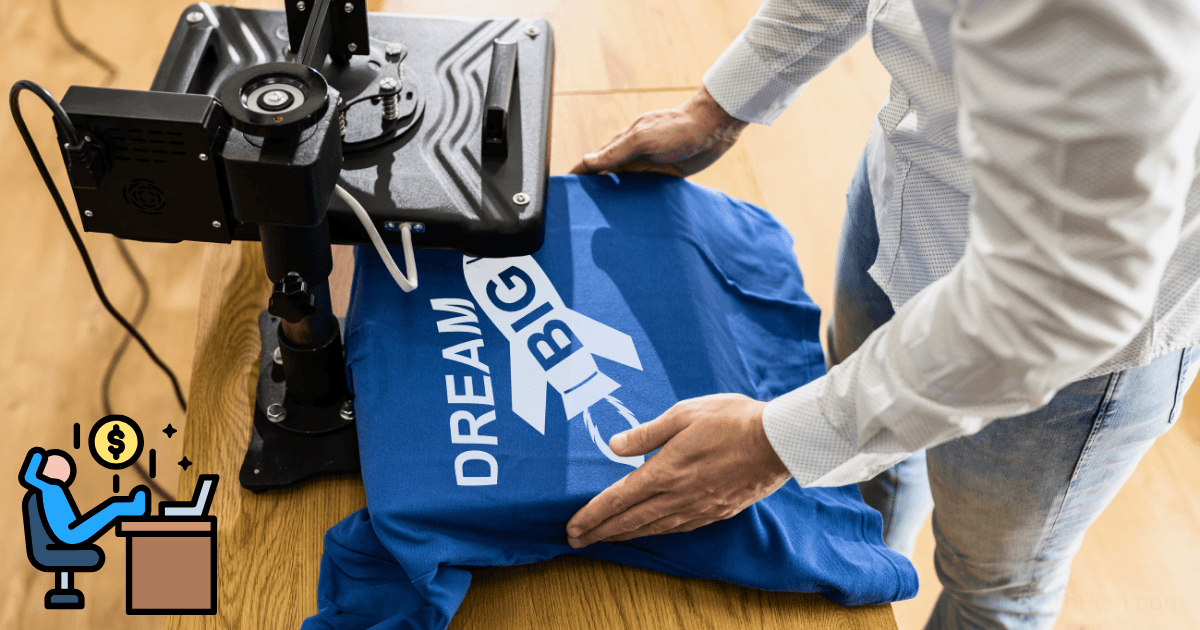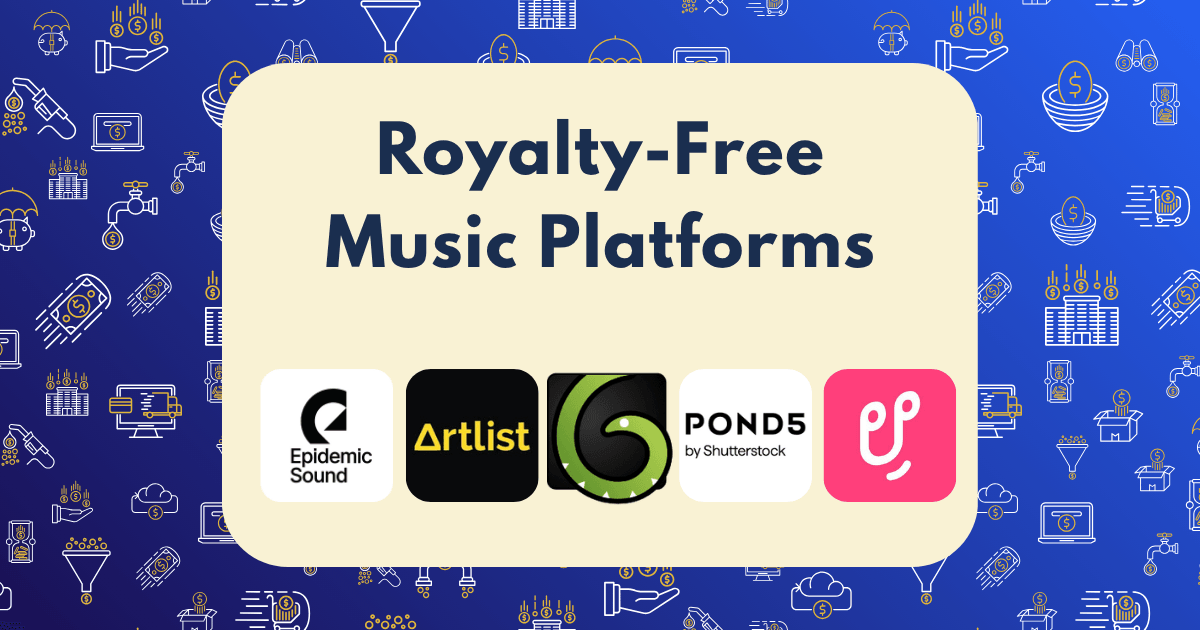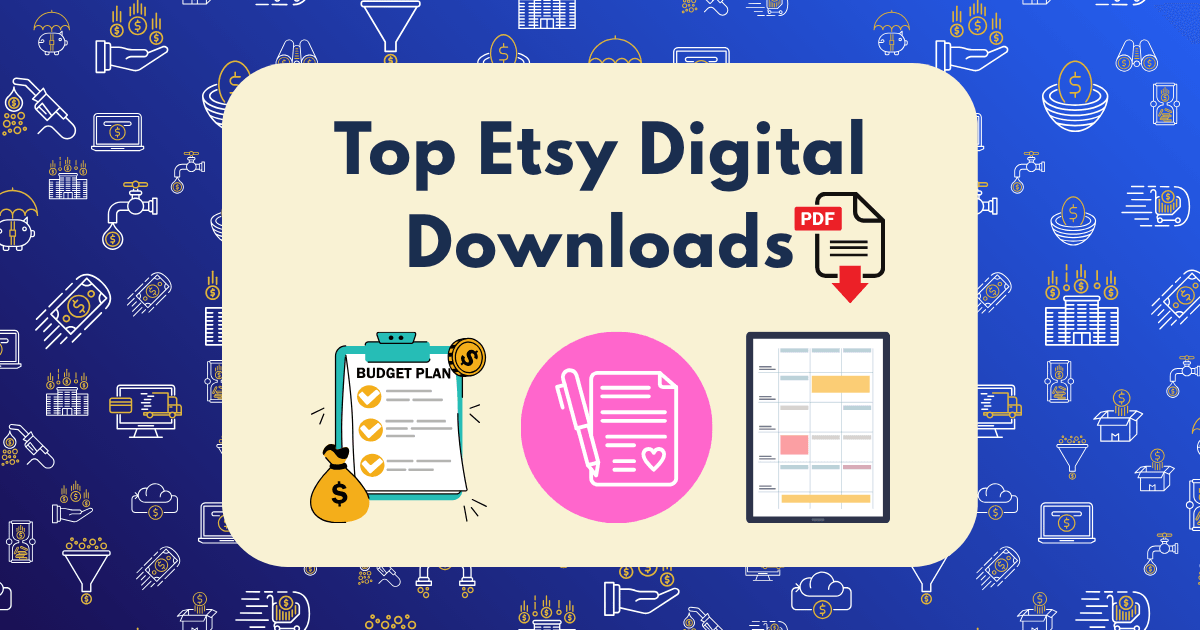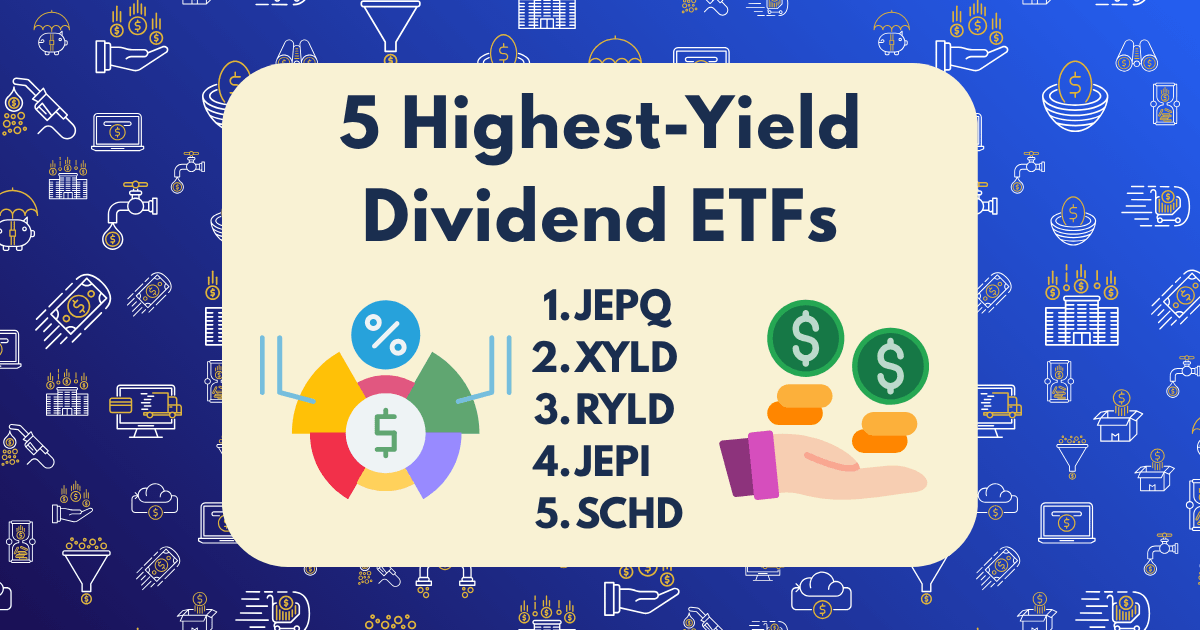Redbubble vs Merch by Amazon: Where My Identical Designs Earned More (With Actual Numbers)
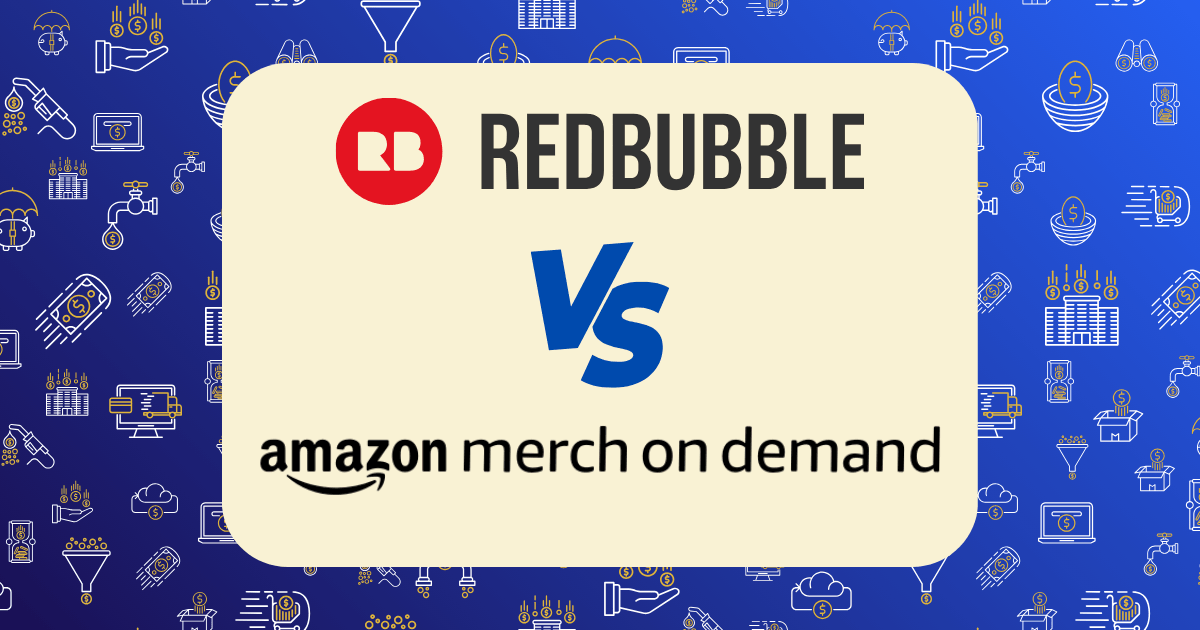
After spending five years as a graphic designer, I decided to explore passive income streams through print-on-demand platforms. Everyone kept recommending two major players: Redbubble and Merch by Amazon. But which one actually puts more money in creators’ pockets?
Instead of relying on vague advice, I conducted a six-month experiment using identical designs across both platforms. The results surprised me—and might change how you approach your print-on-demand strategy.
The Experiment Setup
To ensure a fair comparison, I created 25 designs across five different niches:
- Minimalist Typography (5 designs)
- Funny Cat Illustrations (5 designs)
- Motivational Quotes (5 designs)
- Gaming References (5 designs)
- Nature/Outdoor Themes (5 designs)
I uploaded these identical designs to both Redbubble and Merch by Amazon, using the same titles, descriptions, and tags where possible. I then tracked sales, royalties, and other metrics for six months from January to June 2025.
The Numbers: Total Earnings Comparison
Let’s start with the bottom line—how much did I actually earn on each platform over six months?
- Redbubble Total Earnings: $1,873.42
- Merch by Amazon Total Earnings: $3,241.65
At first glance, Amazon’s Merch program generated 73% more revenue than Redbubble. But the raw numbers don’t tell the whole story. Let’s break it down further.
Sales Volume vs. Profit Per Sale
Redbubble:
- Total Sales: 287 items
- Average Royalty Per Sale: $6.53
Merch by Amazon:
- Total Sales: 246 items
- Average Royalty Per Sale: $13.18
This reveals something interesting: while Amazon generated fewer total sales, the profit per item was significantly higher—more than double what I earned on Redbubble. According to a 2025 report from The Selling Guys, “A typical $25 t-shirt can yield approximately $10 in Merch royalties, compared to around $5 from many other print-on-demand sites.” My experience confirms this assessment.
Product Category Performance
The performance varied dramatically by product type:
T-Shirts
Redbubble:
- Units Sold: 84
- Total Revenue: $546.28
- Average Per Shirt: $6.50
Merch by Amazon:
- Units Sold: 142
- Total Revenue: $1,845.18
- Average Per Shirt: $13.00
Amazon dominated the t-shirt category, which makes sense given their focus on apparel. The higher profit margins (around 33% according to Be Bold Digital) combined with Amazon’s massive customer base made t-shirts my best-selling category on the platform.
Hoodies/Sweatshirts
Redbubble:
- Units Sold: 32
- Total Revenue: $352.64
- Average Per Hoodie: $11.02
Merch by Amazon:
- Units Sold: 47
- Total Revenue: $869.03
- Average Per Hoodie: $18.49
Again, Amazon outperformed on apparel items, with profit margins reaching 46% on hoodies compared to Redbubble’s approximately 20% margin. The quality of Amazon’s hoodies also seemed superior based on the lack of returns (only 2 returns on Amazon vs. 7 on Redbubble).
Stickers
Redbubble:
- Units Sold: 98
- Total Revenue: $294.00
- Average Per Sticker: $3.00
Merch by Amazon:
- Units Sold: 0
- Total Revenue: $0
- Average Per Sticker: $0
This is where Redbubble shined—Amazon doesn’t even offer stickers through their Merch program. Redbubble’s stickers were my highest-volume sellers, making up 34% of my total sales on the platform. The profit per item was low, but the volume made it worthwhile.
Phone Cases
Redbubble:
- Units Sold: 41
- Total Revenue: $369.00
- Average Per Case: $9.00
Merch by Amazon:
- Units Sold: 29
- Total Revenue: $236.44
- Average Per Case: $8.15
Redbubble performed better in both volume and average profit for phone cases. Their wider variety of case options (they support more phone models) likely contributed to this advantage.
Other Products (Wall Art, Mugs, Tote Bags, etc.)
Redbubble:
- Units Sold: 32
- Total Revenue: $311.50
- Average Per Item: $9.73
Merch by Amazon:
- Units Sold: 28
- Total Revenue: $291.00
- Average Per Item: $10.39
The “other” category was fairly even between platforms, with Amazon having a slight edge in profit per item but Redbubble selling more units.
Niche Performance Comparison
Not all niches performed equally across platforms:
Gaming References
- Redbubble: $587.32 (31% of total earnings)
- Merch by Amazon: $1,102.16 (34% of total earnings)
Gaming designs were top performers on both platforms but generated nearly twice as much on Amazon. The gaming community’s presence on Amazon appears stronger, possibly due to the integration with Twitch and Amazon’s gaming ecosystem.
Funny Cat Illustrations
- Redbubble: $468.36 (25% of total earnings)
- Merch by Amazon: $648.33 (20% of total earnings)
Cat designs performed well on both platforms but represented a larger percentage of Redbubble sales. Redbubble’s sticker market likely contributed to this, as cat stickers were particularly popular.
Nature/Outdoor Themes
- Redbubble: $356.95 (19% of total earnings)
- Merch by Amazon: $972.50 (30% of total earnings)
Nature designs significantly outperformed on Amazon, particularly on hoodies and long-sleeve shirts. This suggests Amazon might have a stronger outdoor/adventure demographic.
Minimalist Typography
- Redbubble: $262.28 (14% of total earnings)
- Merch by Amazon: $356.58 (11% of total earnings)
Typography designs performed adequately on both platforms but weren’t standouts on either.
Motivational Quotes
- Redbubble: $198.51 (11% of total earnings)
- Merch by Amazon: $162.08 (5% of total earnings)
This was the only niche where Redbubble outperformed Amazon in total revenue. Motivational quotes seemed to resonate better with Redbubble’s audience, particularly on items like wall art and mugs.
Platform-Specific Insights
Redbubble Advantages
- Product Variety
Redbubble offers over 70 different products compared to Amazon’s more limited selection (primarily apparel and accessories). This variety allowed my designs to reach different customer segments and use cases.
According to HulkApps, “Redbubble offers a wider range of products compared to Merch by Amazon,” which my experience confirmed. The sticker market alone accounted for nearly 16% of my total Redbubble revenue.
- Pricing Control
Redbubble allows creators to set their own profit margins by adjusting the markup percentage. I experimented with different pricing strategies and found that:
- Lower margins (10-15%) on stickers increased sales volume substantially
- Higher margins (25-30%) on wall art didn’t significantly impact sales volume
- Mid-range margins (20%) worked best for apparel items
This flexibility allowed me to optimize pricing by product category, something Amazon doesn’t offer.
- Artist-Friendly Platform
Redbubble’s community feels more artist-oriented, with features like:
- Artist spotlights
- Collections and featured artwork
- More customization options for how designs appear on products
The platform seems designed with creators in mind, whereas Amazon’s approach feels more transactional.
Merch by Amazon Advantages
- Higher Royalty Rates
The most significant advantage of Amazon’s program is the substantially higher profit per sale. According to my data:
- T-shirts averaged $13.00 royalty on Amazon vs. $6.50 on Redbubble
- Hoodies averaged $18.49 on Amazon vs. $11.02 on Redbubble
This difference stems from Amazon’s royalty structure, which typically ranges from 13% to 37% based on the product and price point, compared to Redbubble’s base rate of around 20%.
- Amazon’s Massive Traffic
The sheer volume of Amazon’s customer base cannot be overstated. While my designs were competing with millions of others, the platform’s enormous traffic meant even a small visibility percentage translated to significant sales.
Amazon Prime members, in particular, seemed more likely to purchase due to the free shipping benefit. According to Be Bold Digital, “Amazon handles production, shipping, and customer service,” with Prime delivery typically taking just 1-2 days—a major selling point for customers.
- Tier System Motivation
Amazon’s tier system, which limits how many designs you can upload based on your sales performance, created an interesting motivational structure. I started at the 10-design tier and progressed to 100 designs by the end of the experiment.
This system pushed me to focus on quality over quantity and to actively market my best-performing designs to advance to higher tiers.
The Challenges of Each Platform
Redbubble Challenges
- Oversaturation
Redbubble’s low barrier to entry has led to significant market saturation. Many of my designs were competing with dozens of similar concepts, making it harder to stand out.
- Lower Profit Margins
While Redbubble allows pricing flexibility, the base costs are higher than Amazon’s, resulting in lower overall profits even when setting higher markups.
- Account Fees
In February 2025, Redbubble implemented a tiered account fee structure based on monthly earnings. For Standard accounts, fees range from $0 for earnings under $2 to $97 for earnings over $500. This reduced my net profits by approximately $126 over the six-month period.
Merch by Amazon Challenges
- Limited Product Range
Amazon’s focus on apparel meant I couldn’t offer stickers, wall art, or many other products that performed well on Redbubble.
- Strict Content Guidelines
Amazon’s content policies are notoriously strict. Three of my designs were rejected for vague “policy violations,” despite being approved on Redbubble without issues. This limited creative freedom was frustrating.
- Invitation-Only Access
Getting accepted into the Merch by Amazon program took nearly two months. The invitation-only model creates a significant barrier to entry for new creators.
Seasonal Trends and Platform Differences
Both platforms showed seasonal variations, but in different ways:
Redbubble:
- January: $254.12
- February: $247.88
- March: $286.44
- April: $325.67
- May: $389.21
- June: $370.10
Merch by Amazon:
- January: $398.22
- February: $352.78
- March: $487.33
- April: $562.44
- May: $701.88
- June: $739.00
Redbubble showed a steadier month-to-month performance, while Amazon displayed more dramatic seasonal fluctuations. Amazon’s sales increased more significantly heading into summer, particularly for outdoor and gaming designs.
Customer Demographics and Platform Differences
While I don’t have access to comprehensive demographic data, I noticed patterns in the types of designs that performed well on each platform:
- Redbubble seemed to attract a younger, more artistic audience interested in unique, expressive designs
- Amazon appeared to have a broader, more mainstream customer base that responded better to trendy, commercial designs
This difference influenced which designs performed best on each platform. My more artistic, abstract designs did better on Redbubble, while more straightforward, commercial concepts performed better on Amazon.
Optimization Strategies That Worked
Through experimentation, I discovered several optimization strategies for each platform:
Redbubble Optimization
- Sticker Focus
Optimizing designs specifically for stickers (simple concepts, bold colors, clear outlines) significantly boosted my Redbubble sales. Stickers have lower profit margins but much higher sales volume.
- Collection Creation
Grouping related designs into collections increased visibility and cross-selling. My “Cat Life” collection, featuring five related cat designs, consistently outperformed standalone designs.
- Tag Optimization
Redbubble allows up to 50 tags per design. Using all available tags with a mix of broad and niche-specific keywords improved discoverability.
Merch by Amazon Optimization
- Price Point Testing
I tested different price points and found the sweet spot for t-shirts was $19.99, balancing profit margins with conversion rates. Higher prices ($24.99+) significantly reduced sales volume.
- Bullet Point Optimization
Amazon’s bullet point system for product descriptions dramatically impacted conversion rates. Including size information, design details, and occasion suggestions (e.g., “Perfect gift for cat lovers”) increased sales.
- Brand Building
Creating a consistent brand identity across all my Amazon listings improved customer trust and led to repeat purchases. I used the same brand name, color scheme, and design style across all products.
The Final Verdict: Which Platform Wins?
After six months of testing identical designs on both platforms, here’s my conclusion:
For Maximum Revenue: Merch by Amazon
If your primary goal is maximizing total revenue, Amazon’s higher royalty rates and massive customer base make it the clear winner. My Amazon earnings were 73% higher despite fewer total sales.
For Product Variety: Redbubble
If you want to offer your designs on a wide range of products beyond apparel, Redbubble is the better choice. The platform’s 70+ product options provide more versatility and reach different customer segments.
For Ease of Entry: Redbubble
Redbubble’s open registration and immediate approval make it much easier to get started. Amazon’s invitation-only model and tier system create significant barriers for new creators.
For Artistic Freedom: Redbubble
Redbubble’s more relaxed content guidelines and artist-focused community provide greater creative freedom. Amazon’s strict policies can limit expression and experimentation.
My Current Strategy: The Hybrid Approach
Based on my findings, I’ve adopted a hybrid approach that leverages the strengths of both platforms:
- Upload All Designs to Both Platforms
Despite the performance differences, having designs on both platforms maximizes total revenue and reaches different customer segments.
- Platform-Specific Optimization
I now create platform-specific variations of each design:
- Simplified, bold versions for Amazon’s apparel focus
- More detailed, artistic versions for Redbubble’s diverse product range
- Product-Specific Strategy
- Focus on apparel (t-shirts, hoodies) for Amazon
- Emphasize stickers, wall art, and accessories for Redbubble
- Different Pricing Strategies
- Fixed competitive pricing on Amazon
- Variable pricing on Redbubble based on product category and competition
This hybrid approach has increased my monthly passive income to approximately $1,200 across both platforms—significantly more than either platform alone.
Key Takeaways for Creators
After six months of detailed tracking and analysis, here are my key recommendations for print-on-demand creators:
- Don’t choose one platform—use both strategically
The platforms complement each other well, with different strengths and customer bases. Using both maximizes your potential audience and revenue streams.
- Understand platform-specific success factors
What works on Redbubble often doesn’t work on Amazon, and vice versa. Study each platform’s unique ecosystem and optimize accordingly.
- Track your data religiously
Without detailed tracking, I would have missed crucial insights like the seasonal trends and niche performance differences between platforms.
- Test and iterate continuously
My most successful designs evolved through multiple iterations based on sales data and customer feedback.
- Focus on niches that perform well on each platform
Rather than spreading yourself thin across many niches, double down on what works for each specific platform.
Looking Forward: Platform Changes to Watch
Both platforms continue to evolve, with several developments worth monitoring:
- Redbubble’s Account Fee Structure
Redbubble’s new tiered fee system, implemented in early 2025, could impact profitability for creators at different earning levels. Premium and Pro accounts are exempt from these fees but have their own requirements.
- Amazon’s Expanding Product Range
Amazon has been gradually expanding its Merch product offerings. If they add products like stickers or wall art, it could significantly change the competitive landscape.
- Sustainability Initiatives
Both platforms are investing in more sustainable production methods, which could affect base costs and, consequently, creator royalties in the future.
Conclusion: Is Print-on-Demand Still Viable in 2025?
Based on my experiment, print-on-demand remains a viable passive income stream in 2025, despite increased competition. My $5,115.07 in combined earnings over six months required minimal ongoing effort once the designs were created and uploaded.
The key to success is understanding the nuances of each platform and optimizing your approach accordingly. One-size-fits-all strategies no longer work in the increasingly sophisticated print-on-demand landscape.
Have you tried selling on Redbubble or Merch by Amazon? Which platform has performed better for your designs? Share your experiences in the comments below!


